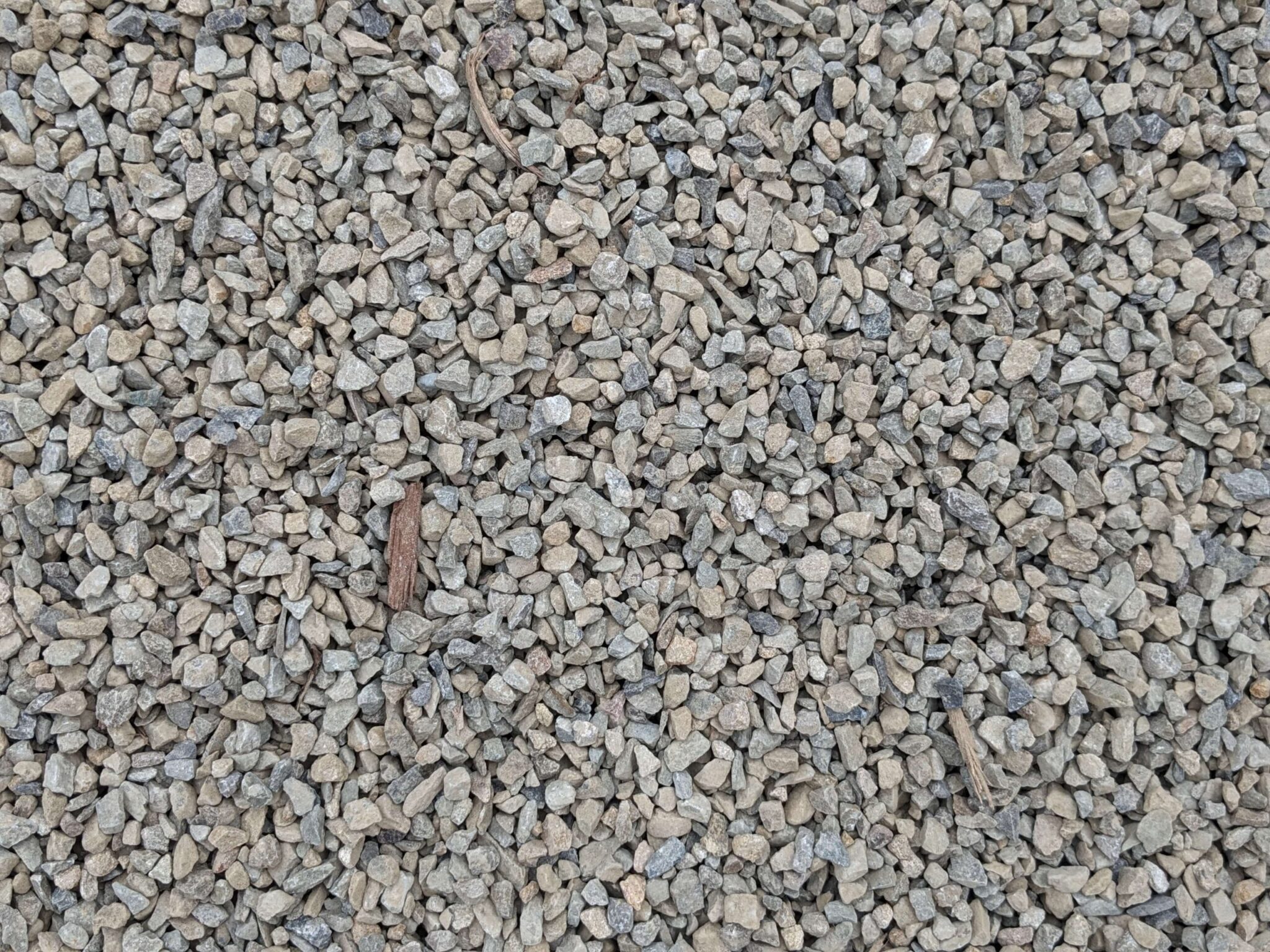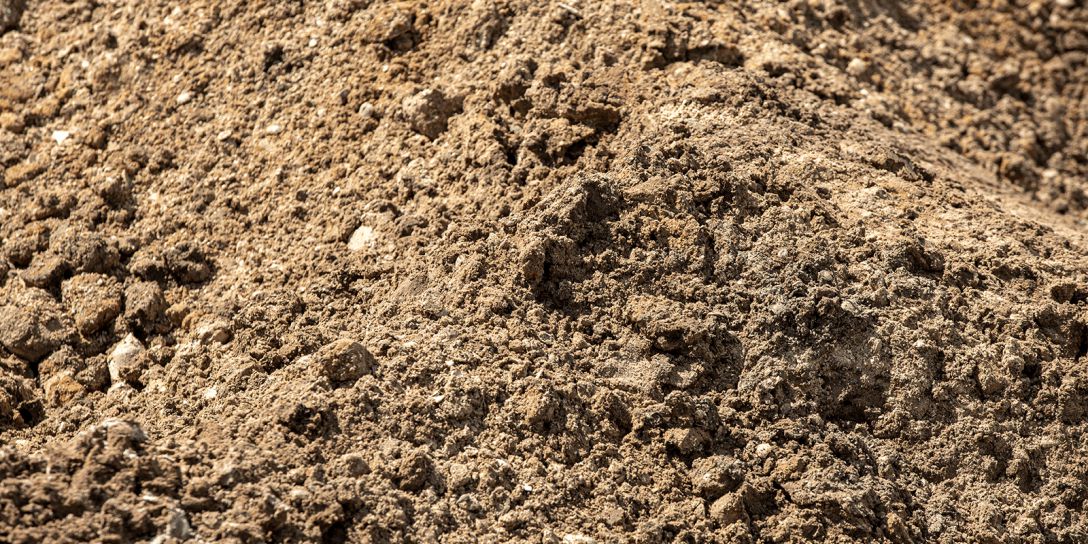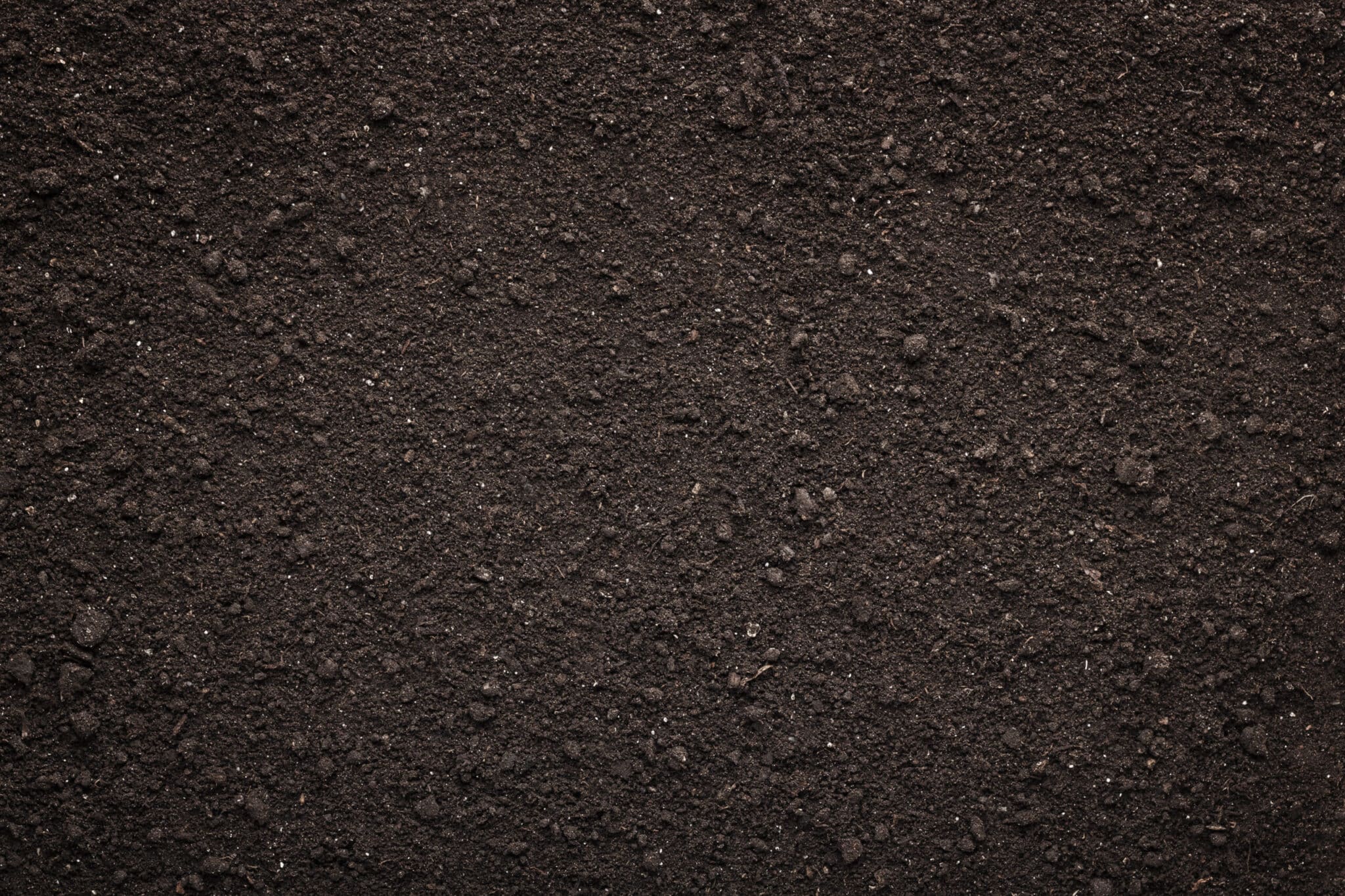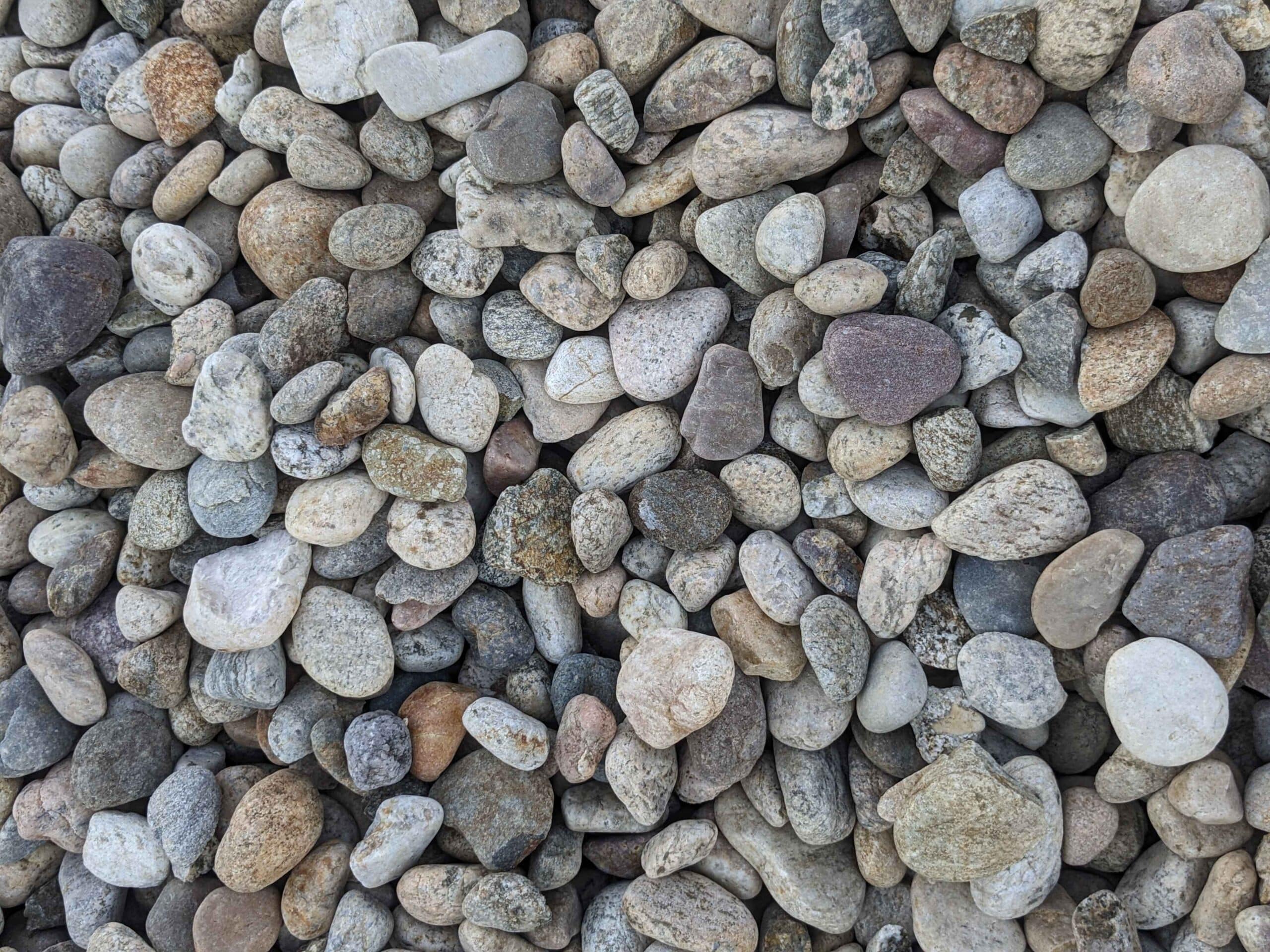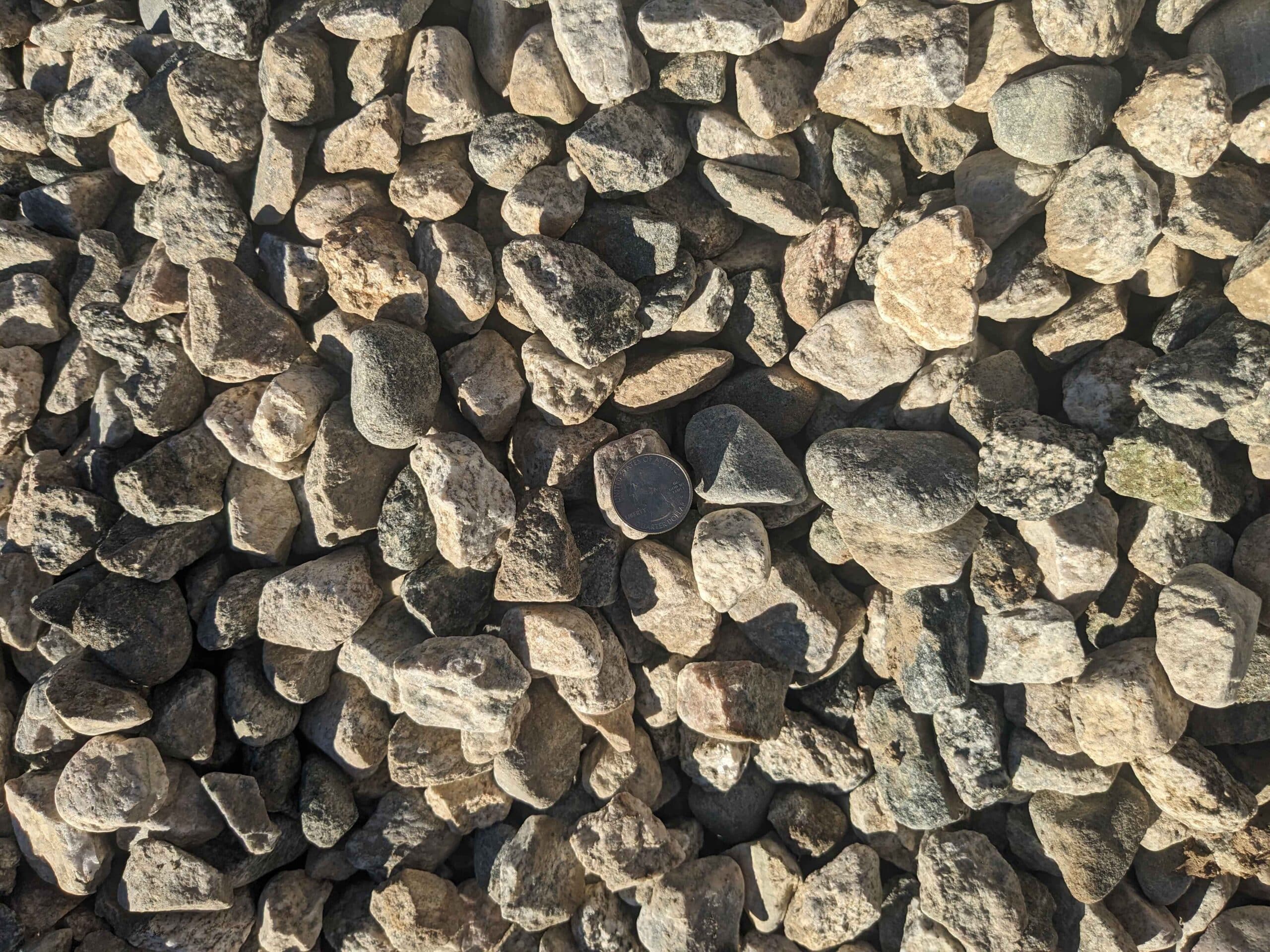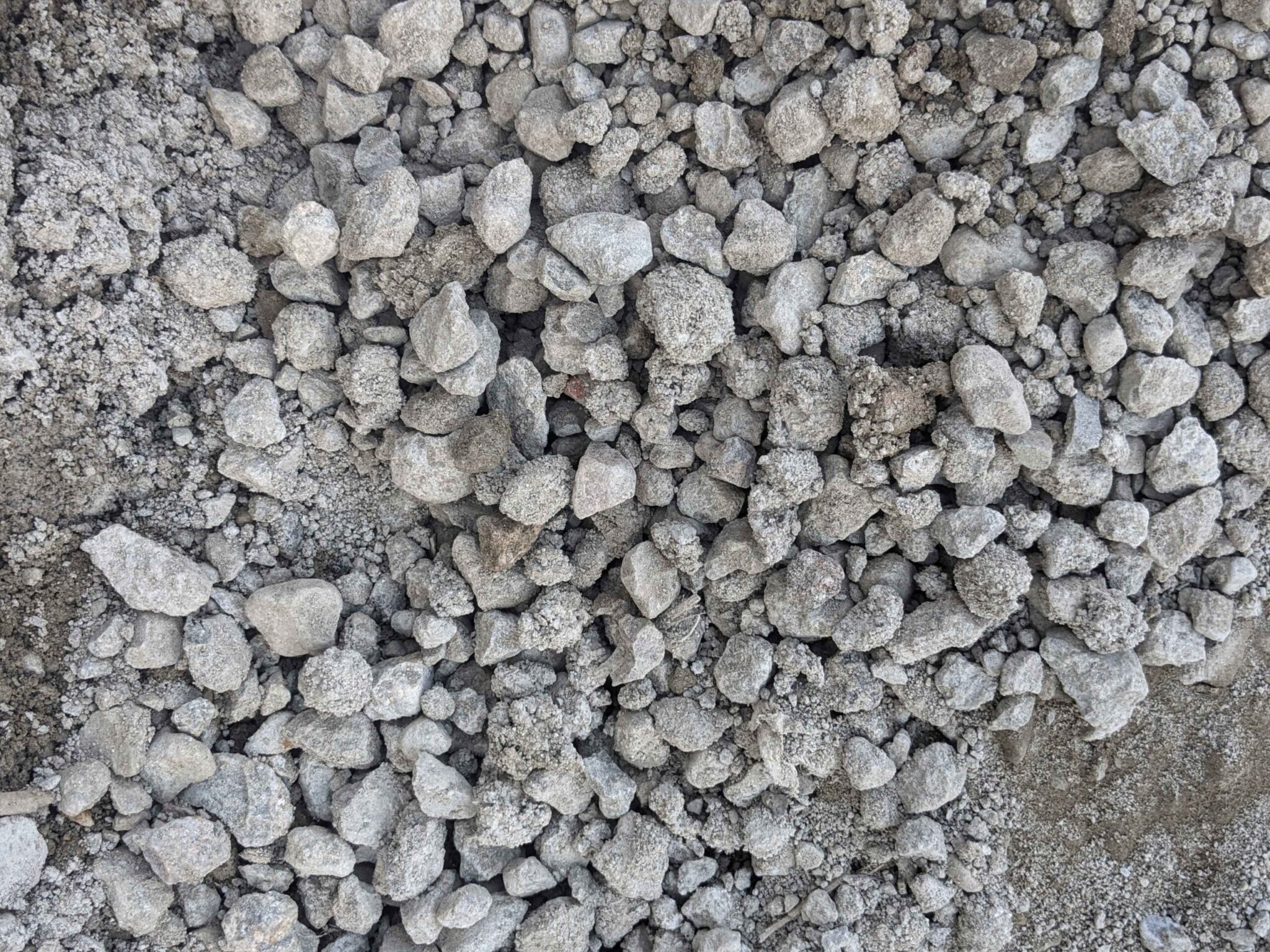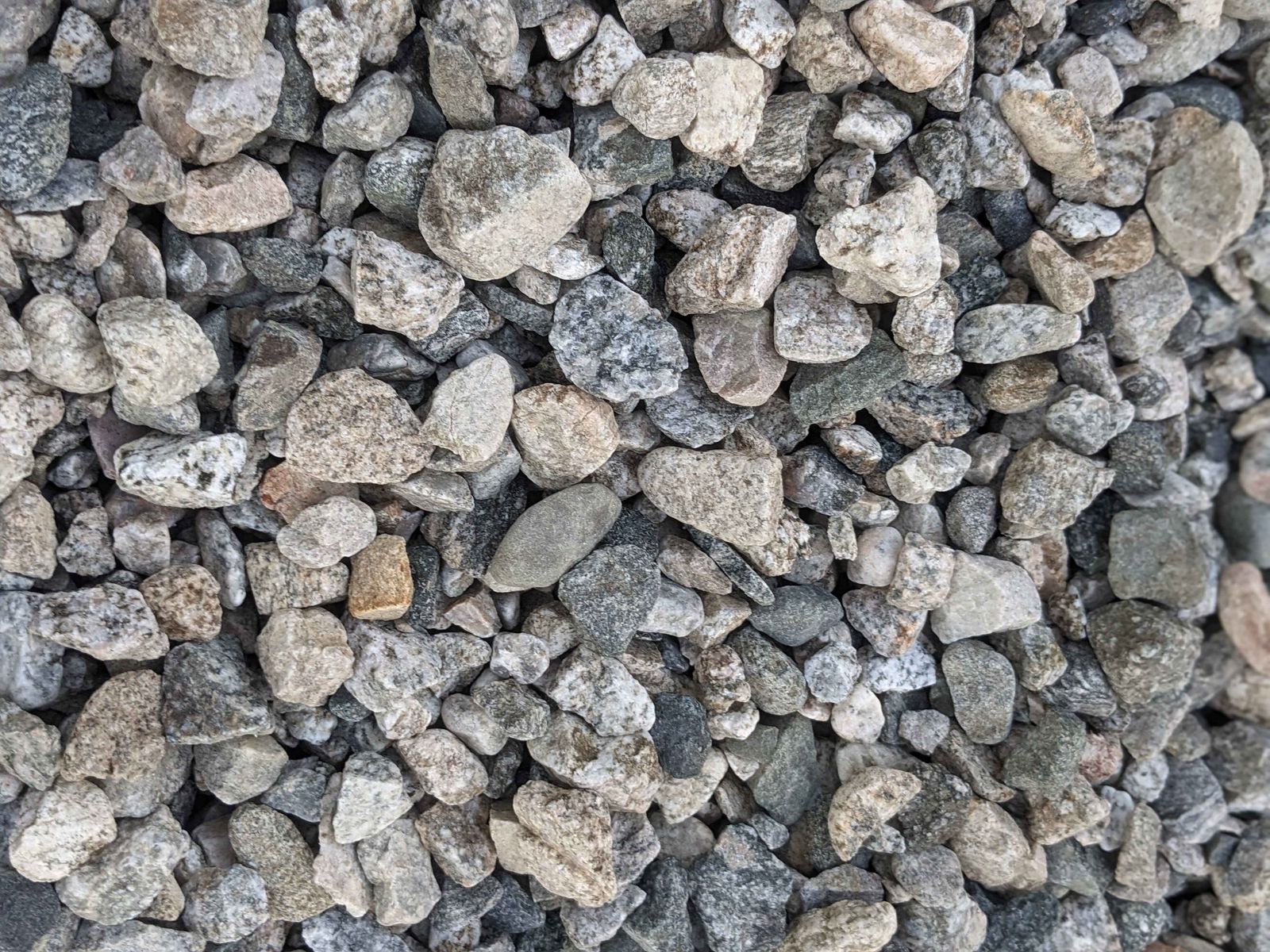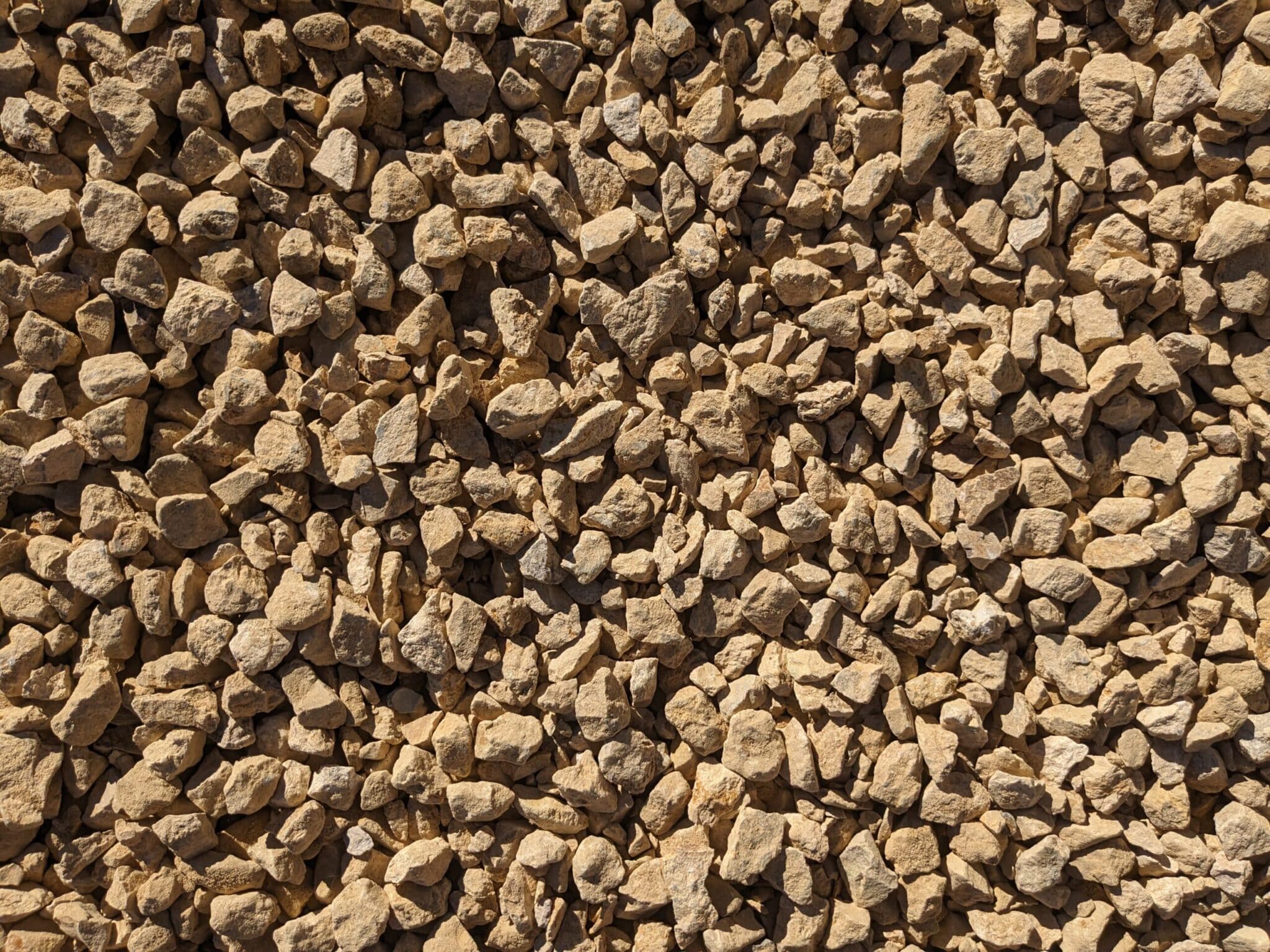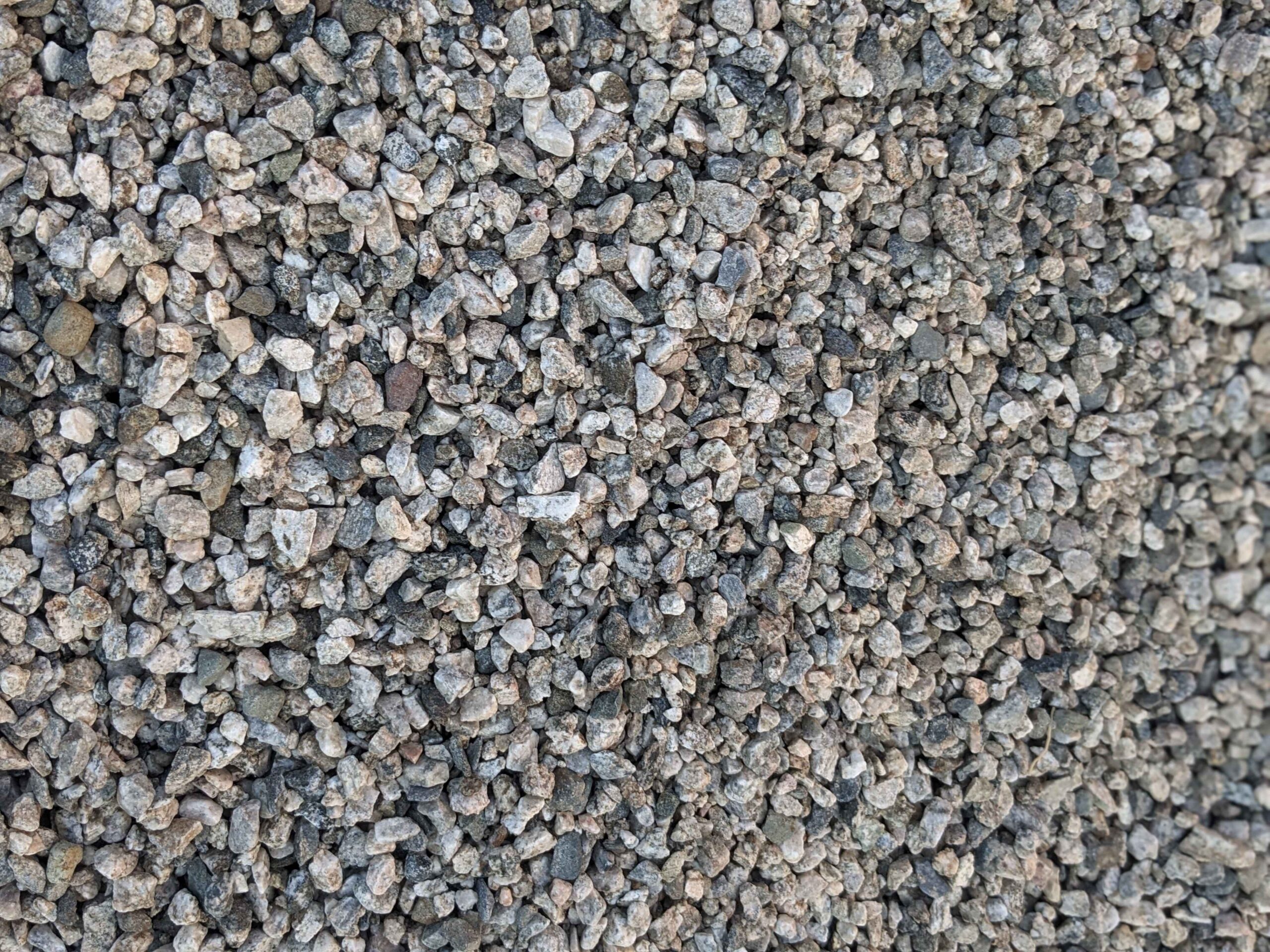If you’re in need of clean fill dirt, you may be wondering where to start your search. Thankfully, you came to the right place. Because Hello Gravel is the only online marketplace offering dirt delivery to any location across the country. We can help you if you’re looking for clean fill dirt or any other type of aggregate. If you’re looking for a quote fill out our Quote Form.
Understanding Clean Fill Dirt
What is Clean Fill Dirt?
First, it’s important to understand what clean fill dirt is. Essentially, it is soil that is free of contaminants like chemicals, toxins, and waste materials. Clean fill dirt is used in a variety of construction and landscaping projects that require a stable, strong foundation. This type of soil is typically sourced from construction sites, where it is excavated and then screened to remove any debris or contaminants.
It’s important to note that clean fill dirt is different from topsoil, which is used for gardening and landscaping purposes. Topsoil is typically rich in organic matter and nutrients, while clean fill dirt is more compact and stable, making it ideal for building projects.
Why is Clean Fill Dirt Important?
Using clean fill dirt is essential for several reasons. First, contaminated soil can be hazardous and can cause a variety of health and environmental concerns. For example, soil contaminated with lead can pose a serious risk to human health, especially for children who may ingest the soil while playing outside.
Additionally, using clean fill dirt ensures that your construction or landscaping project is built on a stable and reliable foundation, helping to prevent issues like settling or erosion down the line. This is especially important for large-scale projects like building foundations or retaining walls, where stability is key to ensuring the safety and longevity of the structure.
Common Uses for Clean Fill Dirt
There are countless applications for clean fill dirt in a variety of construction and landscaping projects. Some common uses include:
- Filling in holes or low spots in a yard or construction site
- Building up the ground for a garden or new construction project
- Creating berms or slopes for drainage or aesthetic purposes
- Filling in areas around newly installed pools or patios
- Preparing a site for a new driveway or parking lot
- Creating a stable base for athletic fields or playgrounds
In addition to these common uses, clean fill dirt can also be used in environmental remediation projects, where contaminated soil is removed and replaced with clean fill dirt to help restore the natural ecosystem.
Old Ways of Sourcing Clean Fill Dirt
Having access to clean fill dirt is essential. In the past, you might look at a few of these options:
Landscaping Companies
One option for obtaining clean fill dirt used to be reaching out to local landscaping companies and contractors. Many of these businesses work with clean fill dirt as part of their services and may have some available for purchase or exchange.
However, the process of buying dirt from a landscaping company is slow and outdated. In addition, landscaping companies typically only offer dirt in very small quantities.
Garden Centers and Nurseries
Local garden centers and nurseries are another potential source for clean fill dirt, however they again typically have limited quantities available.
Local Municipalities
Finally, some local municipalities have programs in place for redistributing clean fill dirt from public works projects. Contact your city or town’s public works department to see if they have any programs or resources available. In the online era though, finding dirt from local municipalities is becoming less and less common.
Hello Gravel: THE Online Resource for Finding Clean Fill Dirt
Hello Gravel is by the best way to find clean fill dirt for your project. Check out the Marketplace, Quote Form and Quantity Calculator.
Tips for Choosing the Right Clean Fill Dirt
Inspecting the Fill Dirt
When it comes to landscaping or construction projects, clean fill dirt is an essential component. It’s important to inspect the dirt carefully before using it in your project to ensure that it’s safe and free of contaminants.
One of the first things to look for when inspecting fill dirt is discoloration. If the dirt appears to be an unusual color, it could be an indication of contamination. Additionally, if you notice any unusual odors emanating from the dirt, it’s best to avoid using it altogether.
Another thing to keep an eye out for is evidence of waste materials. This could include things like plastic, metal, or even old building materials. If you see any of these items in the dirt, it’s a good indication that it’s not clean fill dirt and should not be used in your project.
If you’re unsure about the quality of the dirt, it’s always a good idea to have it tested by a professional before using it in your project. This can provide you with peace of mind and help you avoid any potential problems down the line.
Ensuring the Dirt is Contaminant-Free
Once you’ve inspected the dirt and determined that it is clean fill, it’s important to ensure that it’s truly free of contaminants. This can be done by asking the provider for any relevant documentation or test results that they may have.
If you’re still unsure about the quality of the dirt, consider having it tested independently. This can be done by a third-party laboratory and can provide you with unbiased results that you can trust.
Determining the Right Quantity
Before acquiring clean fill dirt, it’s important to accurately determine the amount you’ll need for your project. This can help you avoid over-ordering and wasting resources.
One way to determine the right quantity is to consult with a landscaping or construction professional. They can help you assess the size of your project and provide you with an estimate of how much clean fill dirt you’ll need.
Another way to determine the right quantity is to use online calculators. These tools can help you estimate the amount of dirt you’ll need based on the size and scope of your project.
By taking the time to inspect the dirt, ensure it’s contaminant-free, and determine the right quantity, you can ensure that your project is a success from start to finish.
Proper Storage Techniques
Storing your clean fill dirt properly is essential to maintaining its quality and usability. Consider factors like moisture levels, temperature, and exposure to contaminants or waste materials. Moisture can cause the dirt to clump together or become unusable, so it’s important to store it in a covered area or container to keep it dry. Temperature can also affect the quality of the dirt, so it’s best to store it in a cool, dry place. Finally, be aware of any contaminants or waste materials that may be present in the dirt, and store it away from these materials to avoid contamination.
Safety Precautions and Best Practices
When handling clean fill dirt, it’s important to practice safety precautions to avoid injury or illness. Use proper protective gear like gloves and masks to protect your hands and lungs from dust and other particles. Be aware of any hazards like sharp objects or contaminants in the soil, and take steps to avoid them. Finally, follow best practices for transporting, storing, and using your clean fill dirt to ensure a safe and successful project.In conclusion, transporting and storing clean fill dirt requires careful planning and attention to detail. By considering factors like delivery or pick-up, proper storage techniques, and safety precautions, you can ensure that your clean fill dirt is of the highest quality and ready to use for your project.
Alternatives to Clean Fill Dirt
When it comes to landscaping and construction projects, clean fill dirt is often the go-to choice for creating a solid foundation. However, there are several alternatives available that can be just as effective, if not more so, depending on your specific needs. In this guide, we’ll explore some of the top alternatives to clean fill dirt and what makes them a great choice for your project.
Topsoil
Topsoil is a popular alternative to clean fill dirt for landscaping projects. It contains a mix of organic and inorganic materials, including sand, silt, clay, and decomposed plant matter. This combination of materials can promote healthy plant growth and provide a stable foundation for your landscaping project. Topsoil is also readily available at most garden centers and home improvement stores, making it a convenient option for those looking to start their project right away.
When choosing topsoil, it’s important to consider the quality of the soil. Look for topsoil that is free from weeds, debris, and other contaminants. You may also want to consider having the soil tested to ensure that it has the right pH level and nutrient content for your specific plants.
Compost
Compost is another alternative to clean fill dirt that can be used for landscaping projects. Compost is made up of decomposed organic materials like food waste and yard debris. This mixture of materials can help enrich soil and promote healthy plant growth. Compost is also a sustainable choice for those looking to reduce their environmental impact, as it diverts waste from landfills and reduces the need for chemical fertilizers.
When using compost, it’s important to mix it thoroughly with the existing soil to ensure that it is evenly distributed. You may also want to consider adding additional nutrients, such as bone meal or blood meal, to help promote plant growth.
Sand and Gravel Mixtures
For projects that require a solid foundation, sand and gravel mixtures can be used in place of clean fill dirt. These materials offer stability and durability, making them a great choice for driveways, walkways, and other hardscaping projects. However, it’s important to note that sand and gravel mixtures may not be suitable for all types of projects. Consult with a landscaping or construction professional to determine the right material for your needs.
When using sand and gravel mixtures, it’s important to ensure that the materials are properly compacted to prevent shifting and settling over time. You may also want to consider adding a layer of geo-textile fabric to help prevent weeds from growing through the surface.
With these alternatives to clean fill dirt, you can find the right material for your landscaping or construction project. Each option offers unique benefits and considerations, so be sure to consult with a professional to determine the best choice for your specific needs.


